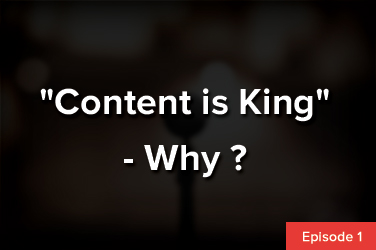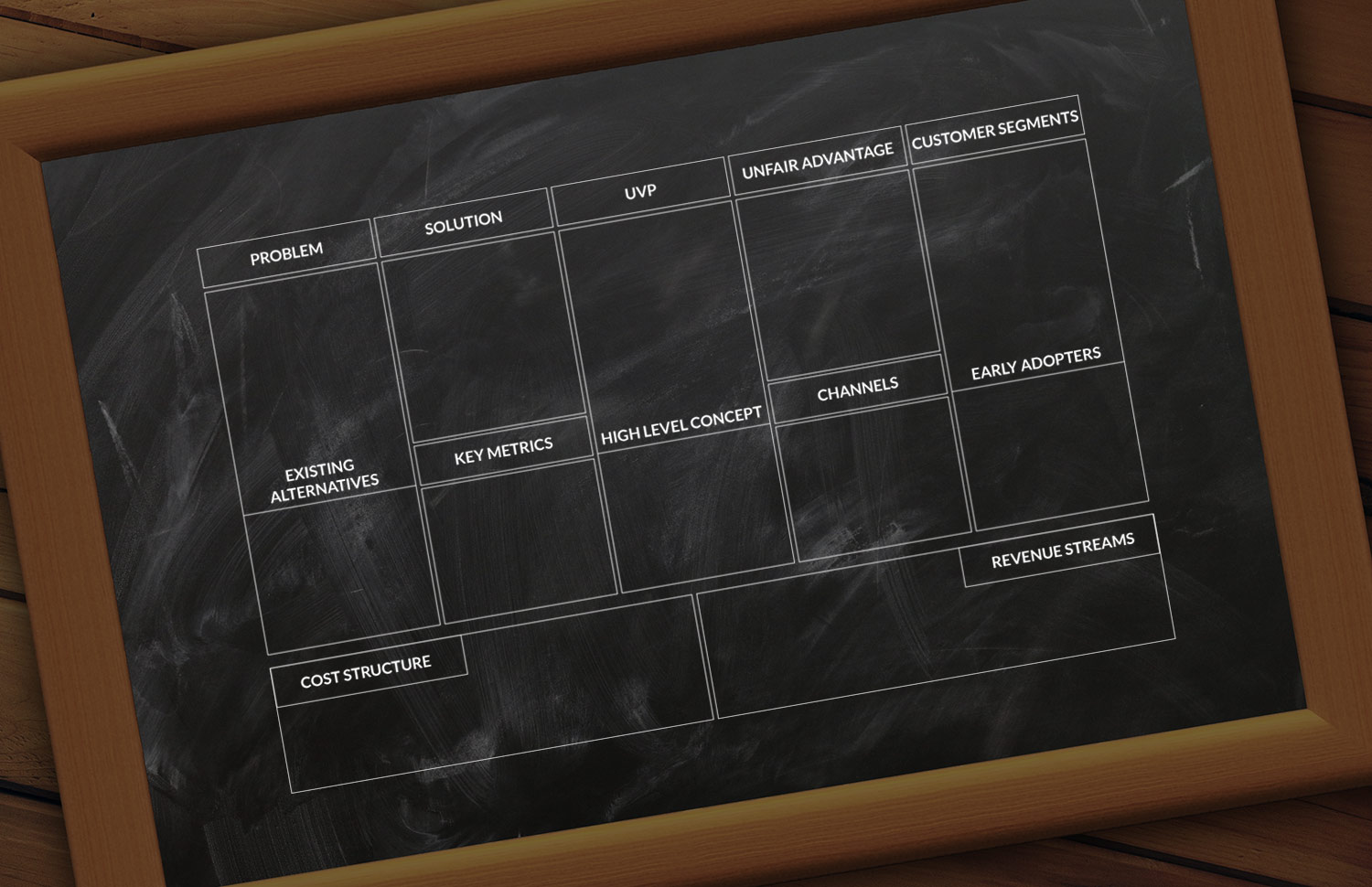20 Myths About Business Success Revealed
Did you know that many myths about success will steer entrepreneurs in the wrong direction? We want you to avoid a hard fall once you try entrepreneurship on for size. This career could make you very rich, but many steps must take place first. Here are 20 myths about success revealed: Hard work gets you […]
-
Did you know that many myths about success will steer entrepreneurs in the wrong direction? We want you to avoid a hard fall once you try entrepreneurship on for size. This career could make you very rich, but many steps must take place first. Here are 20 myths about success revealed:
- Hard work gets you ahead. In reality, direct competitors also work their behinds off. The trick is investing in the right business model and testing it at the right time.
- Anyone can lead. People imagine owning a business and directing employees according to their own values, but they must know how to facilitate work.
- A business owner needs only a vision to start a company. This isn’t true. Good leaders are masters at setting goals, take an organized approach to goal implementation, and communicate often with their team members.
- Meeting deadlines is the only way to succeed. Sometimes, you will start with a goal and define a date for it to be completed. If a goal isn’t reached on time, which could be due to various factors, it doesn’t mean your company has failed.
- Success is built on maximum cost savings. Sometimes, business owners must invest first and wait for the payoff.
- As a business owner, you’ll make more because your worth is higher than when you worked as someone’s employee. This way of thinking could be flawed because some employers do pay more for people with a depth of experience. You are the person who will influence what the business makes, but you will probably adjust the salary and bonuses that you take from your own company based on its current financial statements.
- It’s possible to create a market and get rich. While introducing a new product or service is a short-term way to create a market, keep in mind that, once you launch a new idea, you could quickly face competition from people duplicating your idea.
- Succeeding at business ownership makes your life perfect. Some people set their whole focus on the dream of entrepreneurship, but they get to the reality of it and discover how hard it is. There could be other aspects of your life that need to change (i.e. bad relationships or health issues) that won’t go away just because you start a business. In fact, you must find a work-life balance because being a startup owner can place more pressure on you to juggle competing demands.
- Making the cheapest product will ensure that you sell the most. This is the case when the price is the primary motivation, especially if they have scarce resources. Many consumers recognize you get what you pay for. They might pay a little more for something that will last longer.
- Employees care about your vision. The truth is that you may articulate the initial direction for the company, but they want to give input. Some employees just want a paycheck.
- Change is good. Sometimes, testing new ideas can lead a business to a new stage of growth, and sometimes this leads to failure.
- People will work to earn the most money. Surprisingly, many employees are dissatisfied with the corporate world and choose a lower salary in a startup, a public agency, or a non-profit.
- You need to be rich to be happy. People with more economic resources have problems that others don’t. The key to success is finding contentment with what you have.
- Health is not as important as wealth. Sometimes, biz owners make short-term sacrifices for long-term gains. Others want the almighty dollar. What’s the point in owning a business if you drop dead from a heart attack next year?
- You need a university education to be taken seriously in business. This is so not true. Many people with backgrounds in IT and other fields have worked their way up by gaining on-the-job knowledge, but they never went to university.
- Anyone can be a success. While this is true, it really depends on the pursuit that a person undertakes. If you try to make money doing something about which you know nothing, you could fail.
- Rich people are debt-free. There are many myths about how people reach the place where they can be considered independently wealthy. Sure, you might wish to pay off debts (i.e. mortgage, car, student loans), but you may have to borrow for your business.
- Finance-as-you-go is best. Some biz owners believe they should risk the money of investors. If you lose someone else’s capital while holding onto your own, how will you repay him? Try not to borrow more than you could reasonably earn back in the business after a few years. If you lose too much money, it could be difficult to find backing for your next business idea.
- It’s ok to live on credit. A business might need a backup source of cash when sales are down, but you should be reinvesting profits into it.
- People respect business owners more than employees. You derive your own social status from your role in business. You don’t have to be the top dog.
There are many myths about what it feels like to plan a business idea, to test it on the market, and to sustain it. Look hard at your motivation for starting a business and what it will do for you once you achieve it. The path to successful entrepreneurship isn’t the same for everyone. We want you to succeed in launching your startup. Please contact us for details on how W3 Business Minds can facilitate your success.
Archives by Month:
March
- Why People Buy? What key factors determine they would do business with you?
- Special Guest – Raj Smriti
- Let’s catch the Thief that is stealing your success



February
January
- The 5 Sins of Marketing to avoid for success
- How to charge what you’re worth?
- Ever heard “Content is King” – Why ?



July
- 20 Myths About Business Success Revealed
- 4 Ways to Stop Burning Money in Ads but Still Get More Customers?
- What’s the Key to Creating Successful Conversion Content? and Grow Sales!
- Inbound Marketing – Perfect For People Who Hate Selling
- The Worst Advice We’ve Ever Heard About Sales





March
- What is Buyer’s Journey & Why it matters for your business?
- 4 Reasons why your Marketing efforts are not paying off or converting?
- The Benefits of Buyer Personas and How to Get Started?
- Why We Don’t Sell Any Project Without Discovery?




February
- 10 signs your website might be ready for an upgrade
- Why your business needs a technical co-founder…and where to find one?


January
December
- Startups Business – Determining if Your Business is Ready for Funding
- Five steps to attract investors
- How to Make a Successful Startup Business Plan.
- 10 Common Mistakes New Businesses Make




November
- 10 Crucial Errors to Avoid for Startup Businesses
- Spread the Word: 4 Ways to Enhance Your Online Presence
- $100 website vs a $10,000 website? What’s the difference?
- Brochure Website vs. Sales Person Website – What Really Works for You?
- $10,000?! For a website? Is a website worth that much ?















